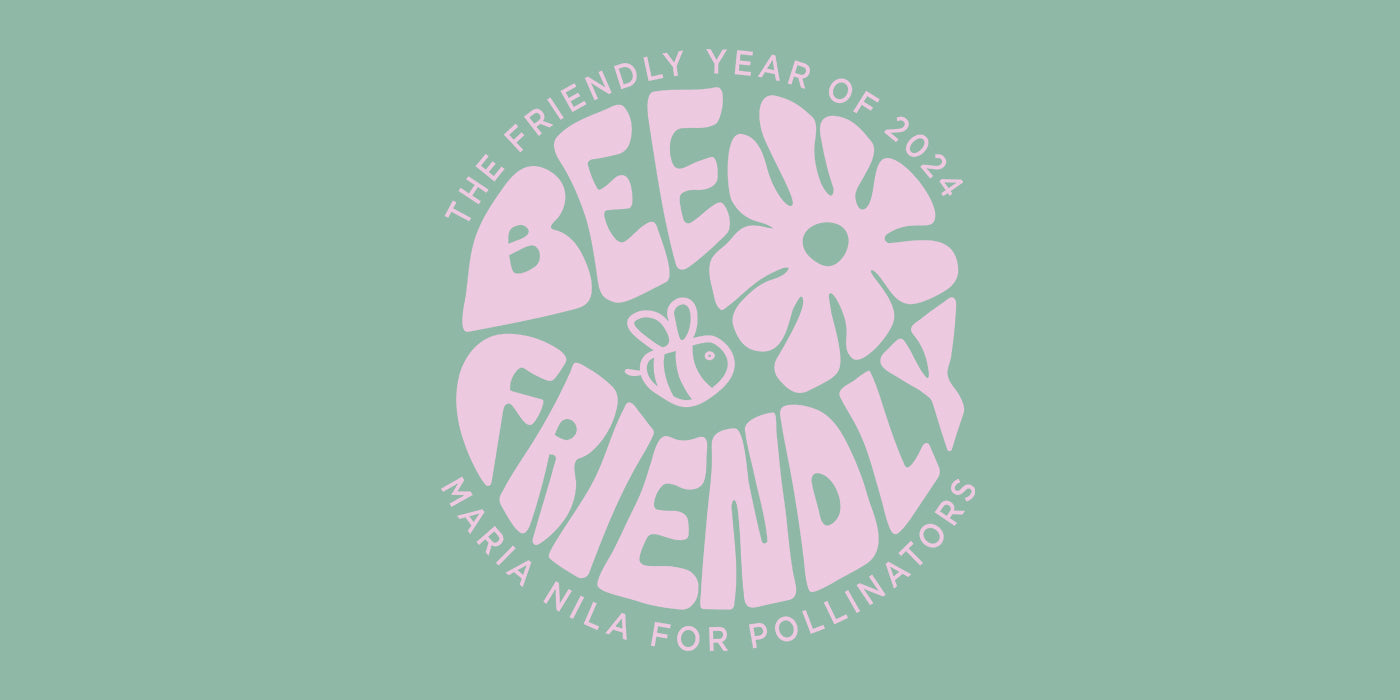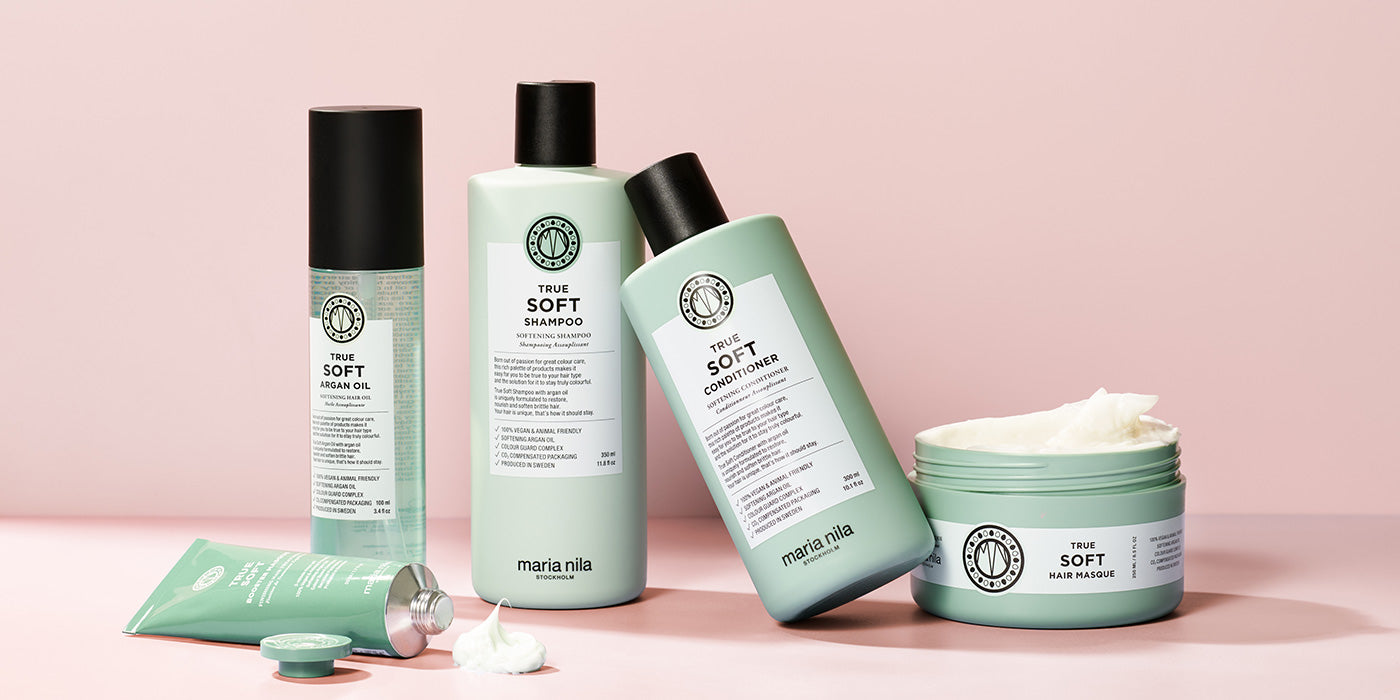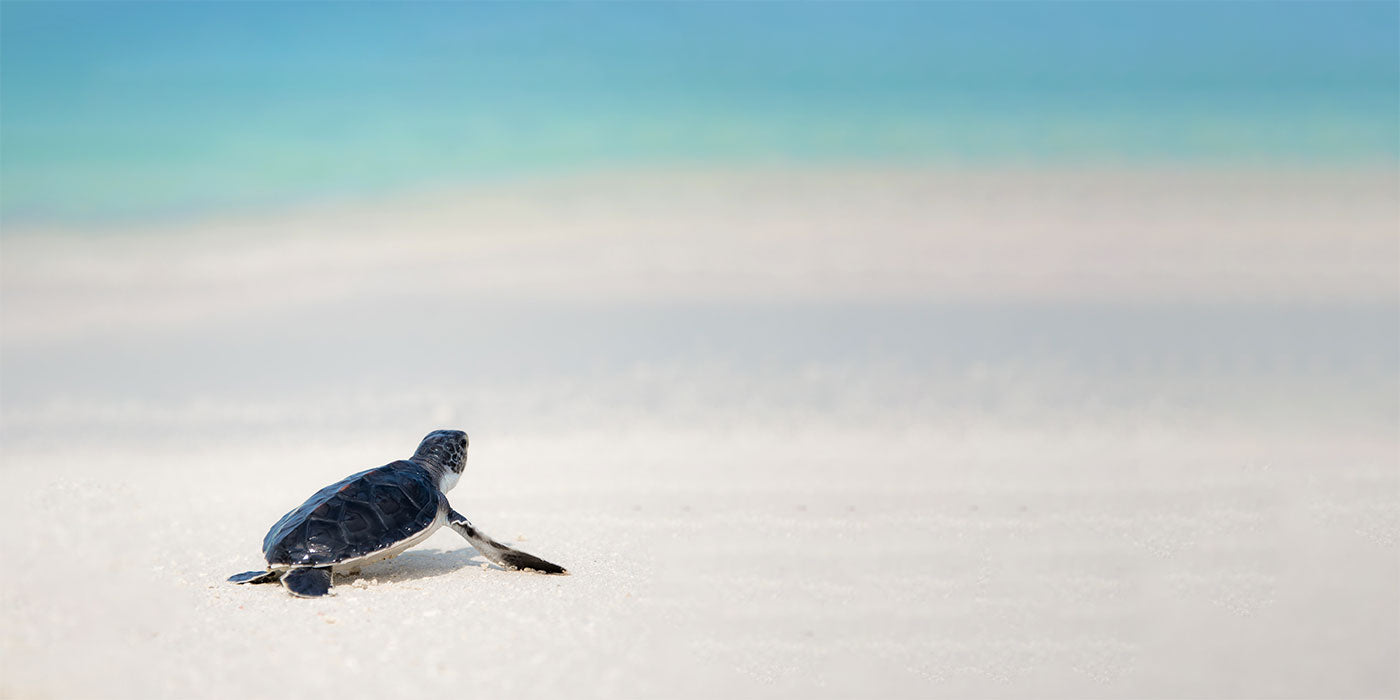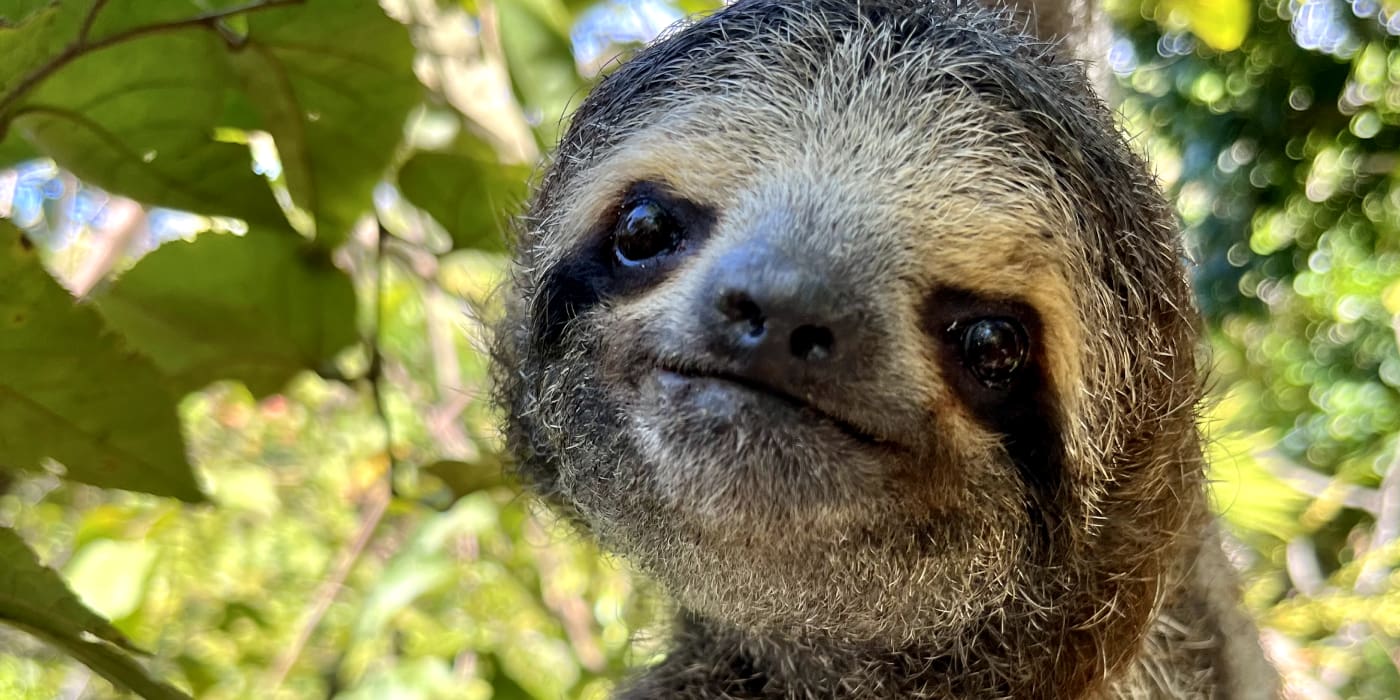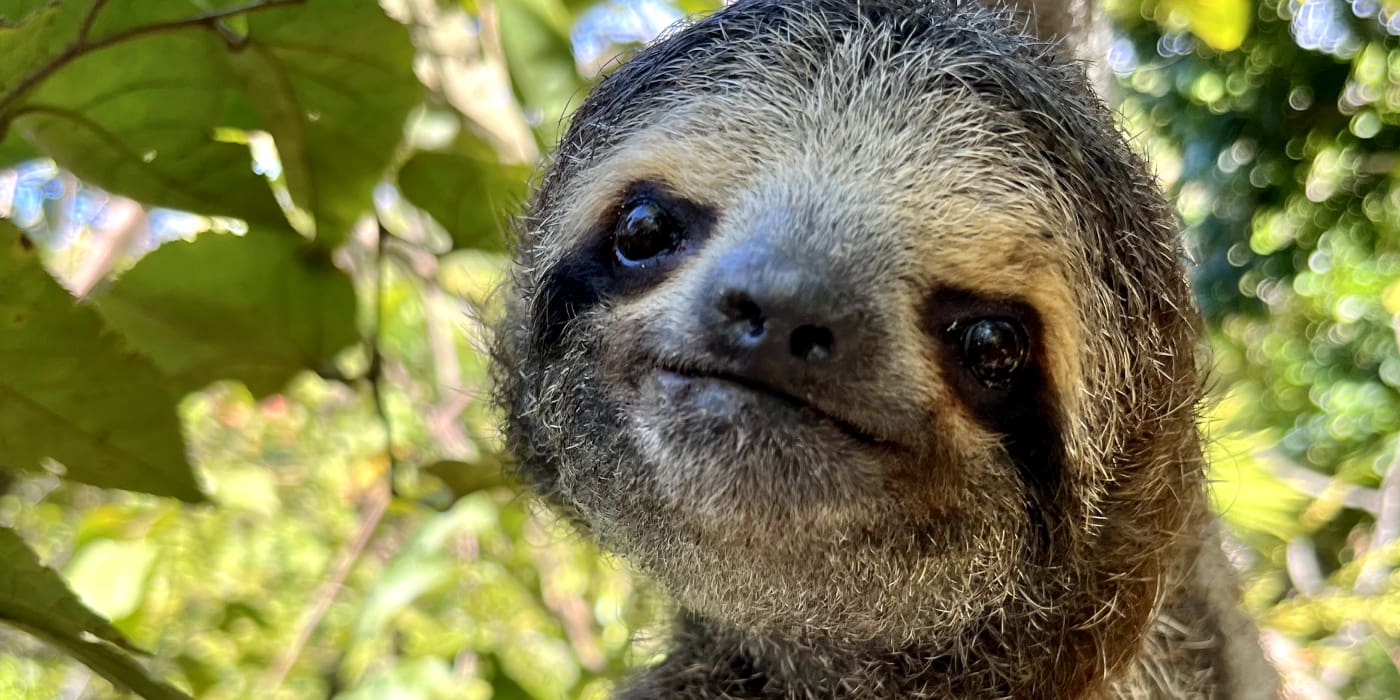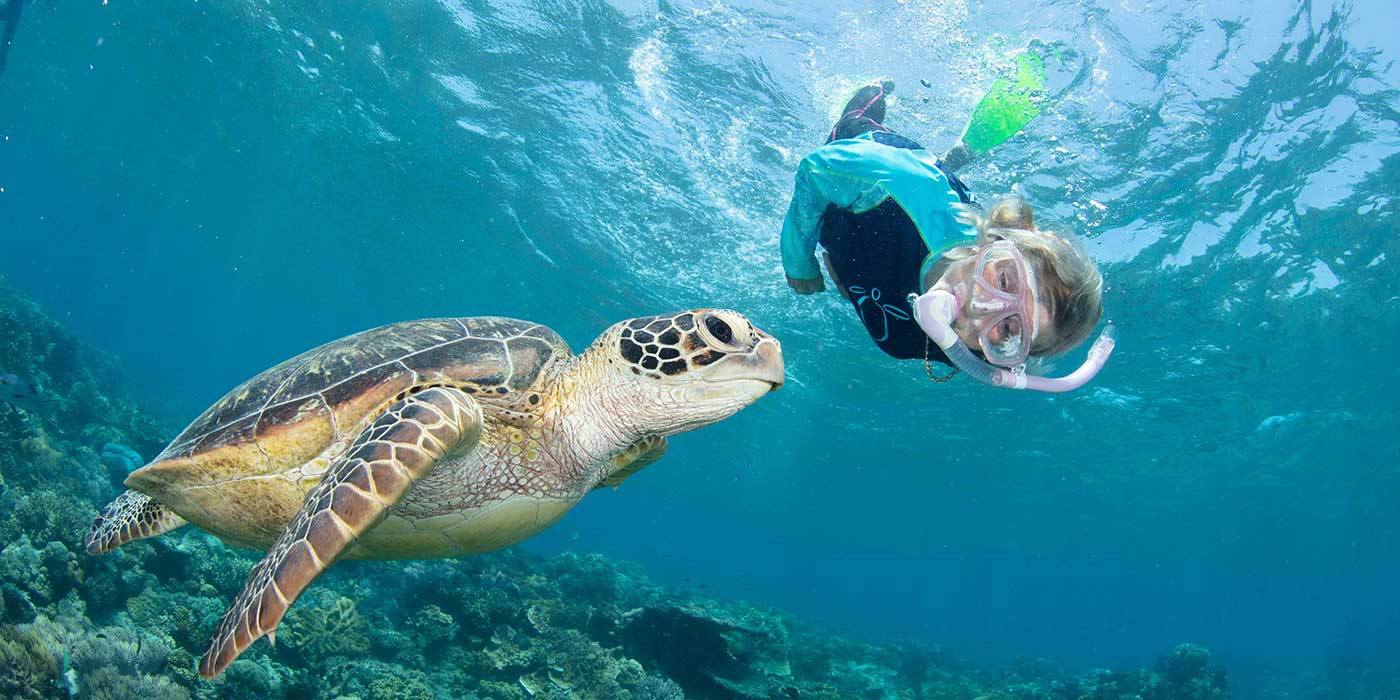

A heart for wildlife
27.10.2022.
Growing up in a family with conscious parents that cared for animals and conservation, Jennie Gilbert has always had a heart for wildlife. And what became a great passion at a very early age, has now become a full time commitment. A couple of years ago, Jennie Co-founded Cairns Turtle Rehabilitation Centre with Paul Barnes and now works every day to rescue, research, rehabilitate and release marine turtles.
Issues threatening the survival of turtles
Net capture
Net capture and entanglement in discarded fishing apparatus. Overfishing leads to the loss of turtle food and the destruction of their natural habitat.
Climate change
Climate change causes sand temperatures to increase,
resulting in a shift in the balance of female to male ratio. Increasing sand temperatures in many areas are resulting in 99% females being born. Increasing water temperature is affecting the natural feeding grounds. Extreme weather events also result in the loss of nesting beaches.
Pollution
Pollution from plastic, microplastics, and chemical waste causes turtles having to shift from their feeding and breeding grounds. Light pollution is a factor in turtles coming up to the nest and hatchlings heading towards light and being hit by cars or predated on by animals.
Poaching
Poaching (and unfortunately turtle eggs are poached) for food sources. Hawksbill turtles have declined by 90% over the past two decades, as they are poached for their shell to be used as tortoise shell jewelry, furniture and trinkets.
Coastal development
Coastal development is resulting in nesting beaches being lost.
Jennie’s 5 advice on how to help
- Get involved in beach cleanups.
- Get involved in local community projects and campaigns, such as rubbish removal or campaigning to end the use of plastics.
- Say no to turtle products.
- Talk about what’s happening to the turtle population and what you as an individual can do to help.
- Every single person can make a difference. Making one small change can make a vast difference to the survival of many species.
Text: Anna Bergman


















































